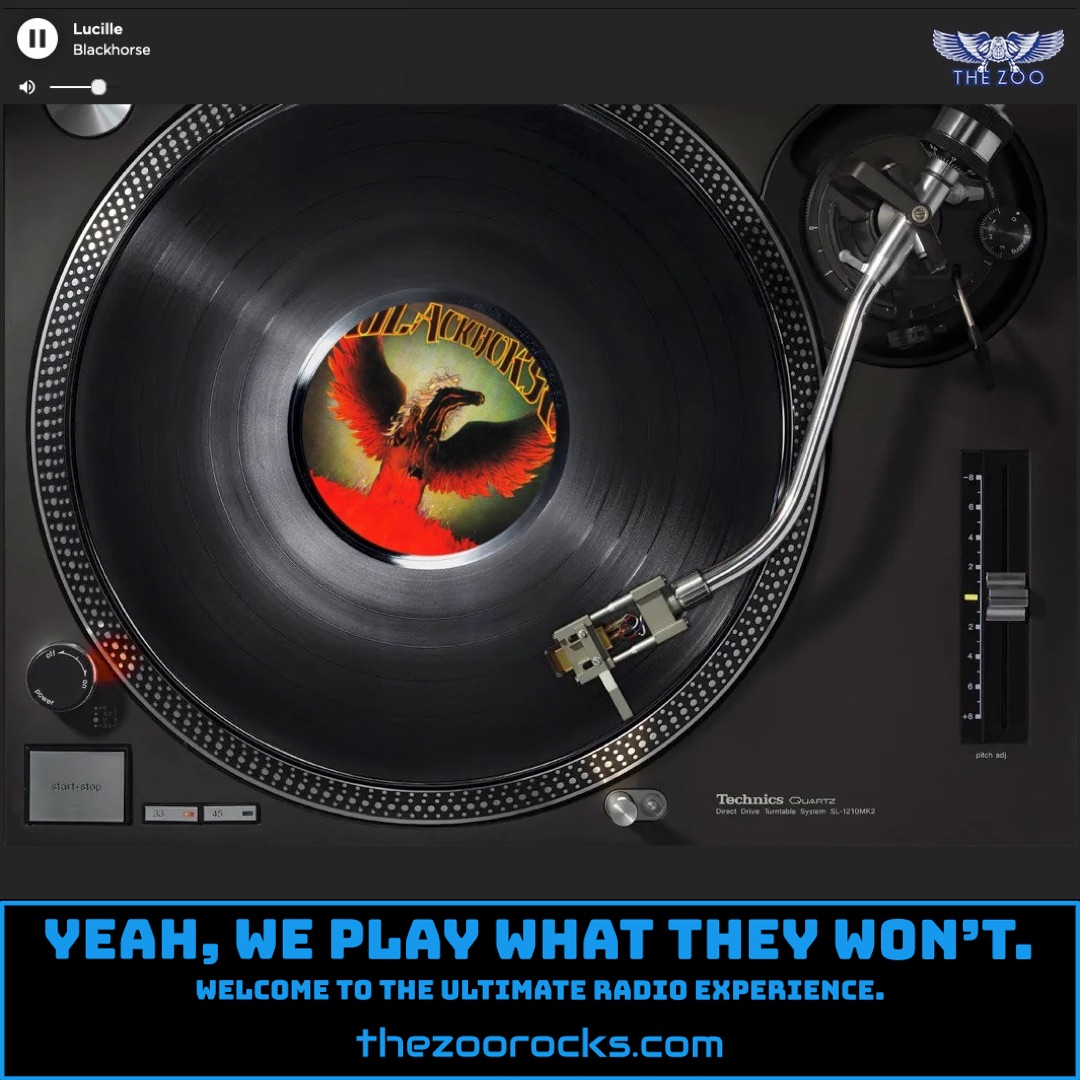The Pusher (Live 1995)
Steppenwolf
"The Pusher," a gritty anthem penned by Hoyt Axton, was brought to life by Steppenwolf in a way that cemented its place in rock history. Written in 1963 after Axton lost a friend to a drug overdose, the song’s raw lyrics draw a stark line between the casual drug dealer and the predatory pusher, a “monster” who peddles hard drugs like heroin with no regard for human life. Steppenwolf’s 1995 live rendition, captured on their Live at 25 album, channels the same rebellious energy as their earlier performances, with John Kay’s commanding vocals and the band’s psychedelic edge. In a 2011 interview with Seattle PI, Kay recalled how the song’s controversial line, “God damn the pusher man,” sparked trouble in Winston-Salem, North Carolina, where authorities tried to censor it. Kay cleverly sidestepped the restriction by having the audience shout the line instead, turning the performance into a defiant communal act.
The song’s journey began long before Steppenwolf’s 1968 studio version. In the mid-’60s, Kay first encountered “The Pusher” while watching Axton perform at the Troubadour in West Hollywood. As Kay shared in a Songfacts interview, he was struck by Axton’s bluesy acoustic delivery and the song’s visceral impact, quickly adding it to his solo repertoire. By 1967, Kay’s earlier band, The Sparrows, was playing an extended, 21-minute psychedelic jam version at San Francisco’s Matrix Club, later released on the Early Steppenwolf album. This improvisational take, described by Forgotten Rock Classics as reminiscent of early Pink Floyd or The Doors, captured the Haight-Ashbury scene’s raw spirit. Its inclusion in the 1969 film Easy Rider, alongside “Born to Be Wild,” amplified its cultural weight, with scenes of drug deals and Peter Fonda’s cash-stuffed gas tank forever tying it to counterculture rebellion.
Social media posts from fans on platforms like Reddit highlight the song’s enduring resonance. A 2023 post on r/ClassicRock praised the Live at 25 version for its intensity, while another user recalled seeing Steppenwolf perform it in a New York dive bar for a $10 cover, underscoring the band’s gritty accessibility. On X, a 2025 post by @crockpics celebrated the 1968 debut album, with fans in the comments calling “The Pusher” a timeless anti-drug anthem. Covers by artists like Nina Simone and Blind Melon, as noted on Wikipedia, further showcase its versatility, while r/psychedelicrock fans laud its psychedelic roots.
Steppenwolf’s origins trace back to Toronto, where John Kay, born Joachim Fritz Krauledat in 1944 in East Prussia, began playing music as a teenager. Inspired by rock ‘n’ roll icons like Little Richard heard on U.S. Armed Forces radio, Kay honed his craft in coffeehouses before joining The Sparrows in 1964. As detailed on Steppenwolf’s official website, The Sparrows, including Kay, drummer Jerry Edmonton, and organist Goldy McJohn, relocated to San Francisco in 1967. When the band dissolved, Kay formed Steppenwolf in Los Angeles, recruiting guitarist Michael Monarch and bassist Rushton Moreve. Named after Hermann Hesse’s novel Der Steppenwolf, the band signed with ABC Dunhill Records and recorded their debut album in just four days for $9,000. The 1968 release, featuring “The Pusher” and “Born to Be Wild,” skyrocketed them to fame, selling over 25 million records worldwide, as noted on Wikipedia.
Steppenwolf’s legacy endures through their official channels and fan communities. Visit their official website at steppenwolf.com for tour archives and history. Their Facebook page shares vintage photos and updates, while their Instagram offers glimpses of memorabilia. On X, they engage with fans about classic tracks like “The Pusher.” Fan hubs include the Steppenwolf Fans Facebook group, where enthusiasts swap stories and rare recordings, and steppenwolf.us, a fan site with detailed discographies and concert logs. These platforms keep the Zoo Freaks’ love for Steppenwolf’s raw, rebellious sound alive.

